In honor of Earth Day, please enjoy these pictures of the woods between North Street and the new bike trail…
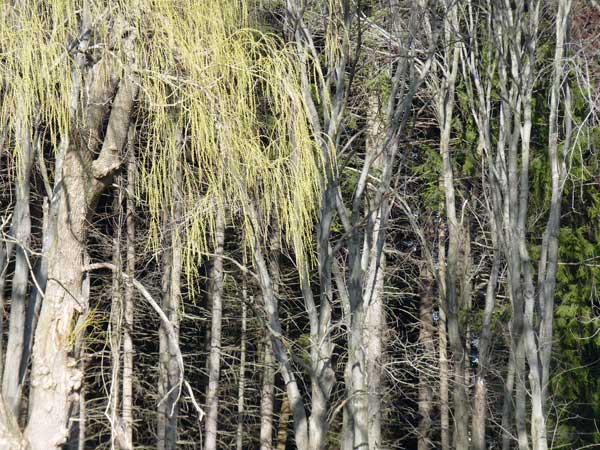
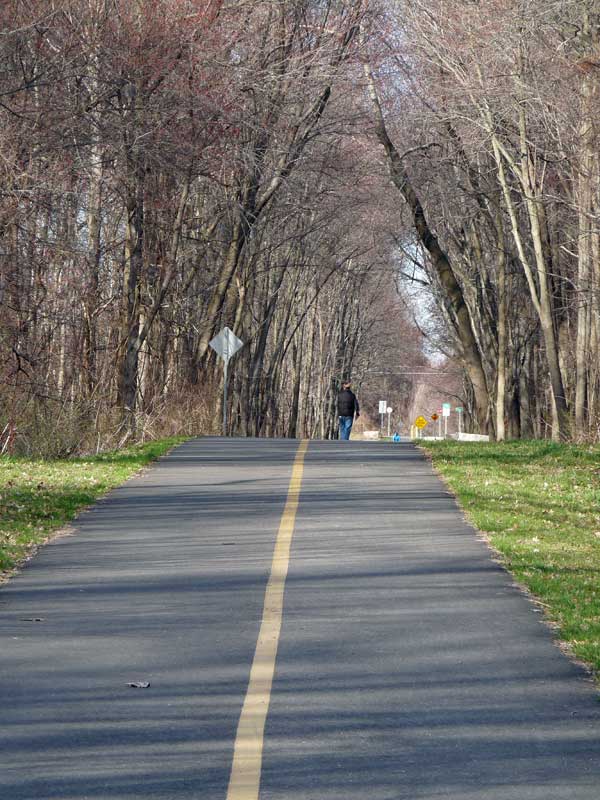
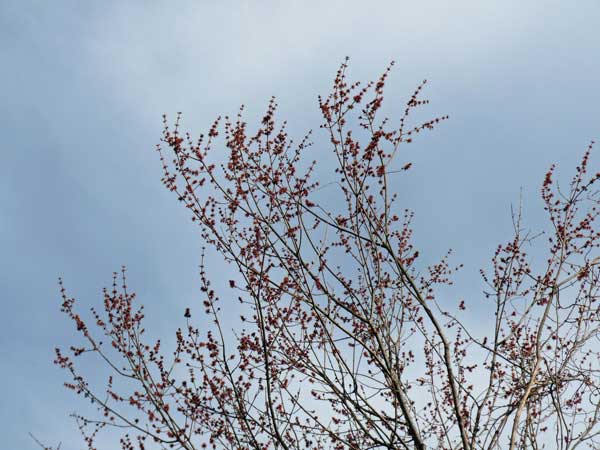
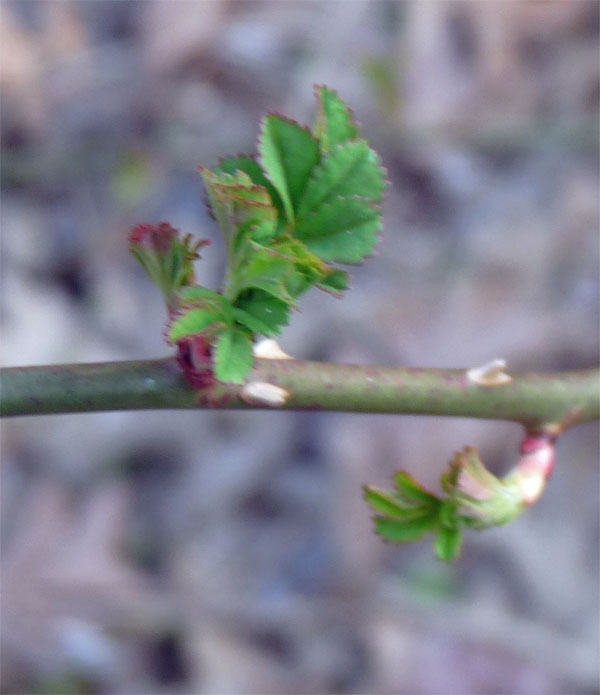
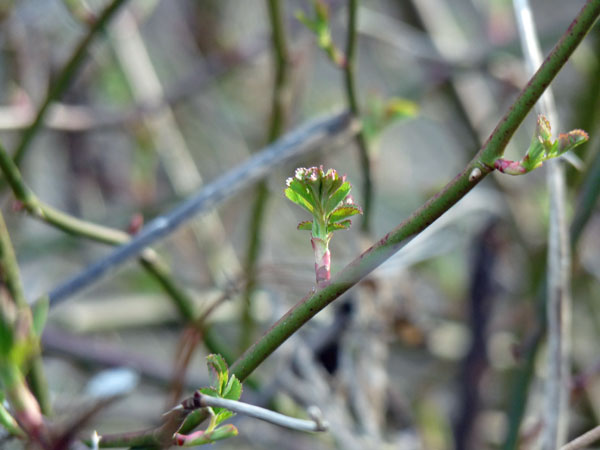
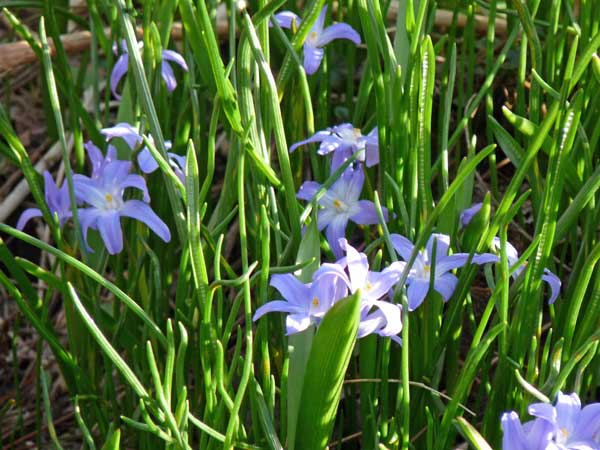
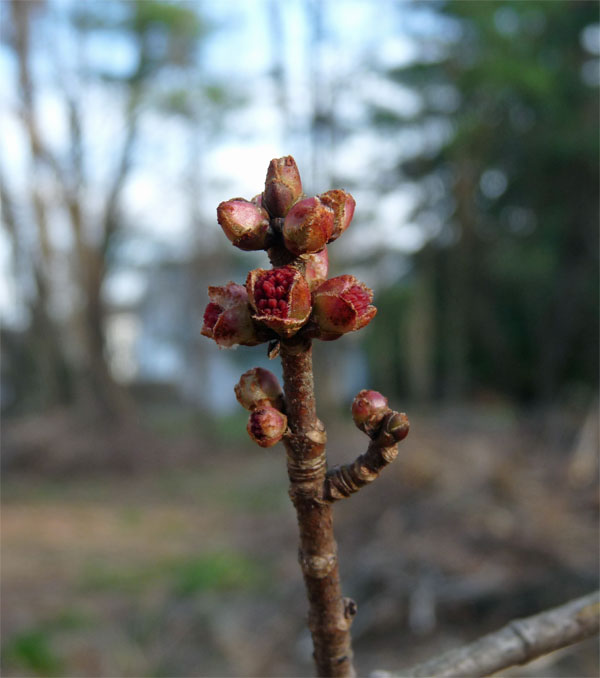
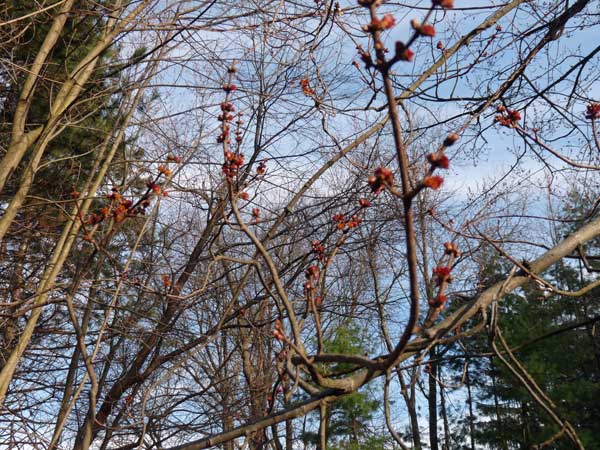
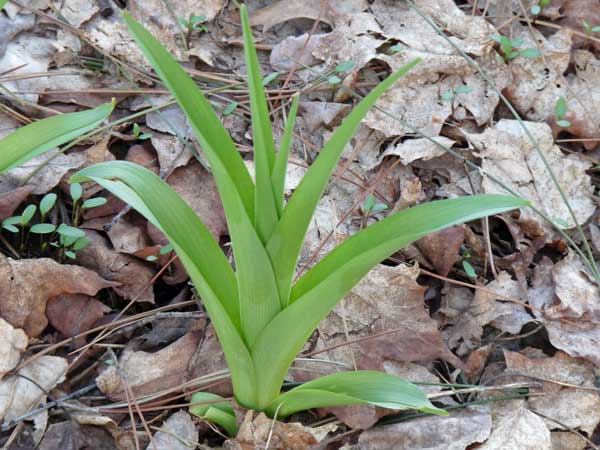
See also:
Our Guest Article at Northampton Redoubt: “The Kohl condo proposal and the Struggle Over the Meaning of Infill”
Kohl’s proposal calls for numerous large trees to be cut down. Urban trees provide valuable benefits in improved air quality, stormwater mitigation, the psychological well-being of residents, and reduction of the urban heat island effect. The loss of trees contradicts goals of the Sustainable Northampton Plan, which calls for the following:
Add
standards in City’s street tree and open space programs to help reduce
fossil fuel use (e.g. provide summer shade to reduce use of air
conditioning) (page 22)Minimize the loss of tree canopy
throughout the City and increase tree canopy in urbanized areas to
maintain a higher quality environment in all areas… Target: 2%
increase in area or number per year (page 23)
Boston Globe: “How the city hurts your brain”
…scientists have begun to examine how the city affects the brain, and
the results are chastening. Just being in an urban environment, they
have found, impairs our basic mental processes. After spending a few
minutes on a crowded city street, the brain is less able to hold things
in memory, and suffers from reduced self-control…
One of the main forces at work is a stark lack of nature, which is
surprisingly beneficial for the brain. Studies have demonstrated, for
instance, that hospital patients recover more quickly when they can see
trees from their windows, and that women living in public housing are
better able to focus when their apartment overlooks a grassy courtyard.
Even these fleeting glimpses of nature improve brain performance, it
seems, because they provide a mental break from the urban roil…
A city is so overstuffed with stimuli that we need to constantly
redirect our attention so that we aren’t distracted by irrelevant
things, like a flashing neon sign…
Natural settings, in contrast, don’t require the same amount of cognitive effort…
Natural settings are full of objects that automatically capture our
attention, yet without triggering a negative emotional response —
unlike, say, a backfiring car. The mental machinery that directs
attention can relax deeply, replenishing itself…
City life can also lead to loss of emotional control. Kuo and her
colleagues found less domestic violence in the apartments with views of
greenery. These data build on earlier work that demonstrated how
aspects of the urban environment, such as crowding and unpredictable
noise, can also lead to increased levels of aggression. A tired brain,
run down by the stimuli of city life, is more likely to lose its
temper…
While people have searched high and low for ways to improve cognitive
performance, from doping themselves with Red Bull to redesigning the
layout of offices, it appears that few of these treatments are as
effective as simply taking a walk in a natural place…
State Offers Funds to Help Conserve North Street Woods
MA Secy of Energy and Environmental Affairs: Urban Parks Deserve Protection as do Habitat Reserves and Working Landscapes
[Ian Bowles:] We need smart land conservation along with smart growth. That’s why,
going forward, the commonwealth is going to concentrate its land
protection efforts on three priorities, which complement the
administration’s smart-growth goals:
- Urban Parks: For smart growth to succeed, urban life needs to be
attractive. From a land perspective, the best thing we can do to
improve urban living is to make sure there are beautiful parks within
walking distance of every urban dweller. So we plan to create visionary
urban parks in 10 to 15 cities in neighborhoods that don’t have them,
and to significantly [improve] parks in all 51 Massachusetts cities
over the next four years…
Greening Smart Growth: The Sustainable Sites Initiative
Vegetation provides important ecosystem services, such as habitat, air
and water filtration, and greenhouse gas regulation. Many land
practices ignore or underutilize the benefits vegetation can provide,
but improved design, installation, and maintenance can enhance these
natural services. Placing trees and plants strategically can combat
urban heat island effects and reduce energy consumption by lowering air
temperatures by 5º F [2.8º C] or more.[26] Likewise, vegetation design
and selection can help reduce rainwater runoff, slow overland flow of
excess precipitation, and increase water absorption. A natural woodland
has more than a 90 percent greater water absorption capacity than a
typical turf-grass lawn of equal size,[27] reducing runoff and the need
for engineered stormwater management…
Physiological functions, the core processes of our bodies, are
positively affected by experiences with nature. For example, hospital
patients who have a view of natural landscapes (as opposed to built
structures) recover faster from surgery and require less pain
medication.[40] In addition, heart rate, blood pressure, and other
measures return to normal levels more quickly when people view natural
rather than urban landscapes after a stressful experience.[41] Site
design can also provide opportunities for outdoor physical activity and
healthy food production. Daily moderate activity by individuals
decreases the incidence of such chronic diseases as heart disease,
diabetes, and high blood pressure. Community gardens in healthy
environments provide fresh, local produce, and promote greater
stewardship of land by site users. Improved health reduces health care
costs…[42]
Research has shown that interaction with or views
of nearby nature can improve cognitive functioning. For instance, desk
workers who have a view of nature report greater job productivity and
satisfaction and fewer absences from work.[43] Children and youth may
have the most to gain from green surroundings. Play in places with
trees and vegetation can support children’s development of skills and
cognitive abilities[44] and lessen the symptoms of Attention Deficit
and Hyperactivity Disorder (ADHD).[45] Likewise, living in a green
environment can improve school performance,[46] concentration, and
self-discipline…[47]
The
presence of natural elements has several implications for personal and
community security. Shared green spaces, particularly those with trees,
provide settings for people to interact and strengthen social ties.
Residential areas with green surroundings are associated with greater
social cohesion in neighborhoods, and neighbors with stronger social
ties are more likely to monitor local activity, intervene if problem
behaviors occur,[48] and defend their neighborhoods against crime.[49]
Residents of buildings with greater tree and grass cover report fewer
incidences of vandalism, graffiti, and litter than counterparts in more
barren buildings.[50] Likewise, a study comparing police reports of
crime and extent of tree and grass cover found that the greener a
building’s surroundings, the fewer total crimes were reported.[51]
Impervious Surface: New Condo Proposal Differs Little from Previous One
Photo Essay: Our Woods in Fall
Photo Essay: Arbor Day and the North Street Woods